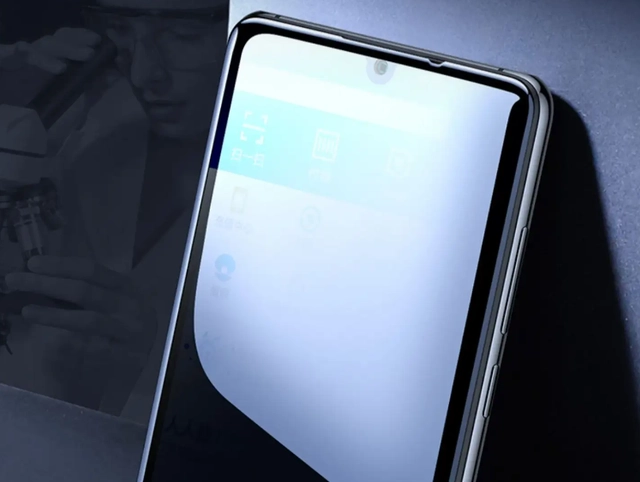Introduction of glass film on the market
Sep 30,2022 | Jeff

There are many kinds of mobile phone films on the market, such as tempered film, hydrogel film, anti-blue light film, etc. The selling points of high-definition, anti-blue light, anti-peeping emerge one after another, which makes people do not know how to choose. Today, I will explain some of them.
According to the type of mobile phone film, there are mainly the following types.
High-definition glass tempered film: This is the most common film. The characteristics of this film are explosion-proof and scratch-resistant, and good light transmission. In daily use, it can protect the screen of mobile phones and avoid screen breakage due to accidental impact, and the film is simple and easy to apply. You can easily do it yourself. Very recommended.

Anti-peeping film: The content can be seen on the front of the mobile phone screen. Outside 30 degrees of the mobile phone screen, others cannot see the content of the mobile phone screen. The principle is when the light shines on the privacy film, the emitted light increases with the angle, and the light decreases until it is completely blocked by the louver structure. The light within the viewing angle range of 30° can be reflected from the interval, which has the effect of reducing the viewing range of the screen and preventing peeping.
Hydraulic film: It is a film for curved screens, which can fit well with mobile phone screens. It is a soft plastic film. This kind of film cannot be drop-proof. At the same time, due to the electrostatic characteristics of plastic, it is very easy to stick to dust.
Anti-blue light film, many luminous objects will produce blue light, such as computers, lights, the sun, etc. Although blue light can cause damage to the eyes, the blue light dose generated by the mobile phone screen is very small, and the human retina can accept such blue light intensity. The possibility of damage to the eyes is very small. The principle of anti-blue light film is to coat a layer of purple film on the film to block blue light from passing through the mobile phone film, making the mobile phone screen appear blue-violet, and at the same time causing the color deviation of the mobile phone screen, poor light transmission, long-term use will affect vision ,Not recommended.

Frosted film: The surface of the mobile phone film is polished to reduce the mirror reflectivity of the mobile phone and screen fingerprints. But the screen has poor light transmittance, which will make the user feel that the screen brightness is not enough, thus adjusting the brightness and increasing the power consumption. Not recommended.
PET soft film: This is the most common plastic film. In the past, mobile phones were pasted with this film when they left the factory. The dry feel and the characteristics of easy wear and tear, coupled with the lack of anti-fall, have long been beaten to death by the tempered film. Not recommended.

To sum up, generally, we can only use the high-definition glass tempered film. (Of course we can choose others film base on our special demands.) At this stage, the Mohs hardness of the tempered film is above 6, and the daily friction cannot cause scratches on it. At the same time, it has high anti-drop performance and is tempered. The film is similar to the mobile phone screen material and has high hardness. When the mobile phone falls and is impacted, the tempered film absorbs the impact force and shatters to keep the mobile phone screen. It also has a good hand feel. The tempered film is made of glass, which is the same as the material of the mobile phone screen. The hand feel is almost the same as the screen without tempered film. This is good for those who enjoy the original touch feeling of the phones.
So, which kind of protective films do you like?



